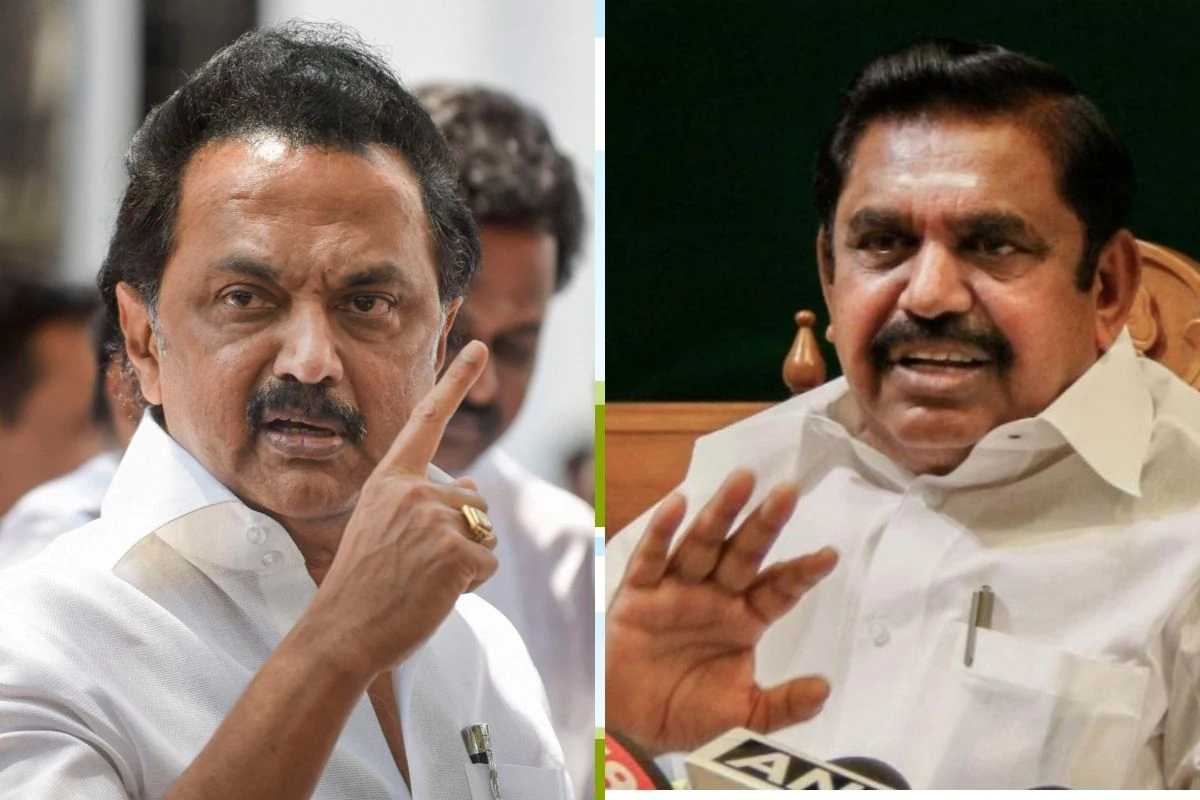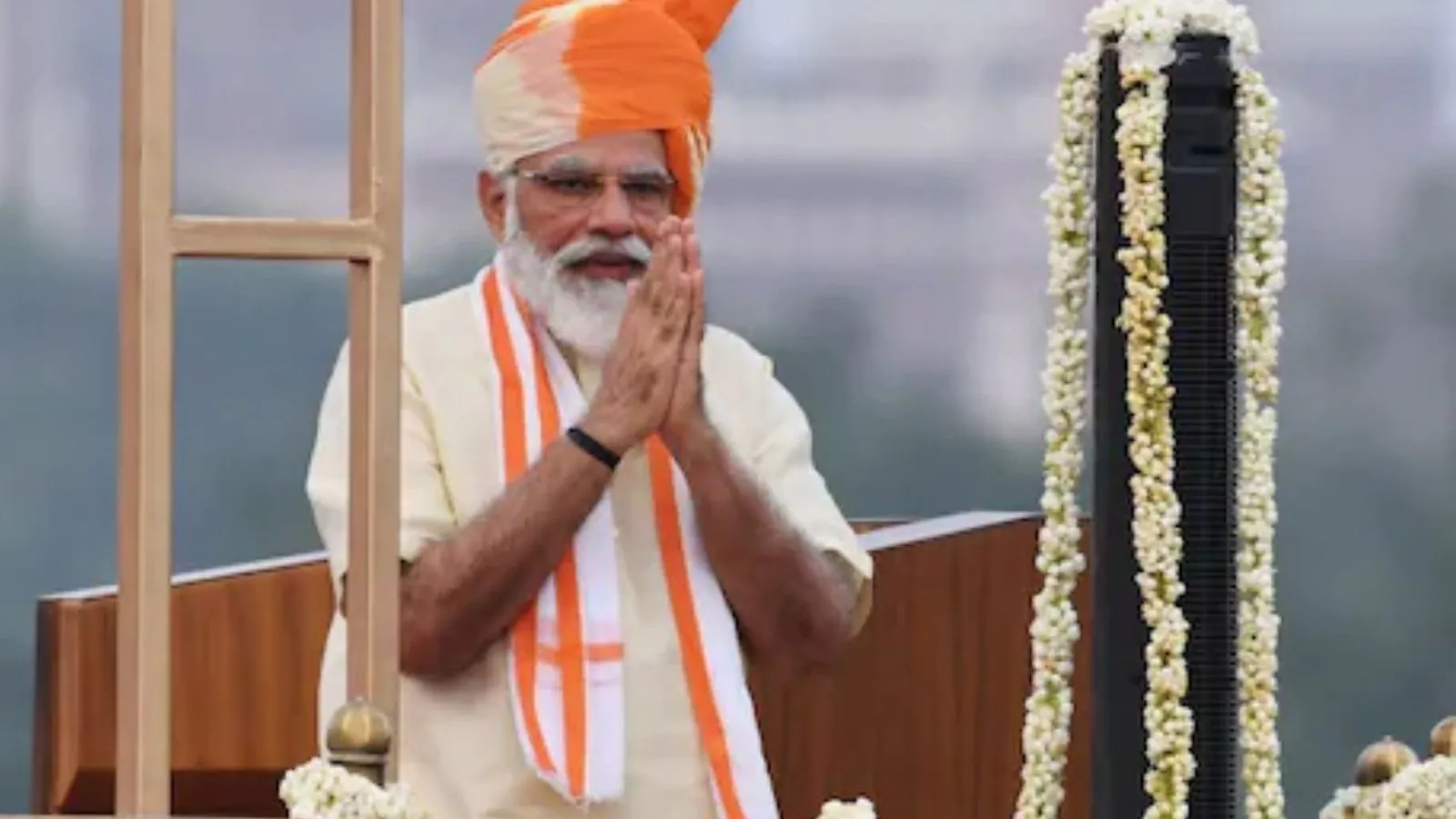MK Stalin’s Dravida Munnetra Kazhagam (DMK) could return to power in Tamil Nadu after a decade, trouncing the ruling All India Anna Dravida Munnetra Kazhagam (AIADMK), exit polls said on Thursday. In Puducherry, the Bharatiya Janata Party (BJP)’s alliance could have an upper hand, they said.
2016 results: The ruling AIADMK won 136 of all the 234 seats in the state. The DMK bagged 89 of the 178 constituencies it contested. Its ally, the Congress, won eight seats, while the Indian Union Muslim League (another partner in the DMK’s coalition) won one seat.
2021 predictions:
P-MARQ: DMK+ 165-190, AIADMK+ 40-65, AMMK+ 1-3
Republic CNX: DMK+ 160-170, AIADMK+ 58-68, AMMK+ 4-6
Today’s Chanakya: DMK+ 164-186, AIADMK+ 46-68
India Today-Axis: DMK+ 175-195, AIADMK+ 38-54
ABP CVoter: DMK+ 160-172, AIADMK+ 58-70
PUDUCHERRY
2016 results: The Congress won 15 seats, ally DMK two and an independent one. The All India NR Congress secured eight and the AIADMK four. The BJP drew a naught.
2021 predictions:
Republic-CNX: BJP+ 16-20, Cong+ 11-13, Others 0
The southern battle
The assembly elections in Tamil Nadu are not only crucial because they will put an end to the debate on who sits on the throne for the next five years but also because they will determine the shape of Dravidian politics in the absence of the charismatic J Jayalalithaa of the ruling AIADMK and the colossal M Karunanidhi of the DMK, according to political experts.
The elections to the 234-Tamil Nadu assembly are also a barometer to gauge the popularity of chief minister Edappadi Palaniswami, or EPS, and DMK president Stalin, who is his alliance’s chief ministerial candidate.
Stalin is hopeful of a “tsunami” in his favour and putting an end to 10 years of the AIADMK rule. On the other hand, analysts say the Palaniswami has steadied the AIADMK ship after a tumultuous phase following Jayalalithaa’s death in December 2016 by ending a bitter infighting. He has the support of the Bharatiya Janata Party (BJP), which is looking to find a foothold in the state.
Traditionally, the state has changed its government every five years, Jayalalithaa broke that cycle in 2016 by coming to power for a second straight term. Hence, Stalin, who accuses the government of corruption and non-delivery of basic facilities, fancies his chances this time around. But May 2 will decide who will have the last laugh.
The neighbouring Union Territory of Puducherry is key to the BJP’s southern strategy. According to analysts, a poll victory in Puducherry could be the springboard for the BJP to dive into the seat of power in Tamil Nadu. They say the BJP’s plan could be to usher in huge development and infra projects into the tiny UT, create jobs, and lift the standard of living after ensuring the victory of its alliance — before going big on Tamil Nadu.
Just before the polls, in February, the Congress-led government in Puducherry lost a floor test after a series of defections.
Exit polls have got it wrong often in the past with a section of analysts arguing that the mood of a handful of voters surveyed could not represent the true picture.
Read all the Latest News and Breaking News here




